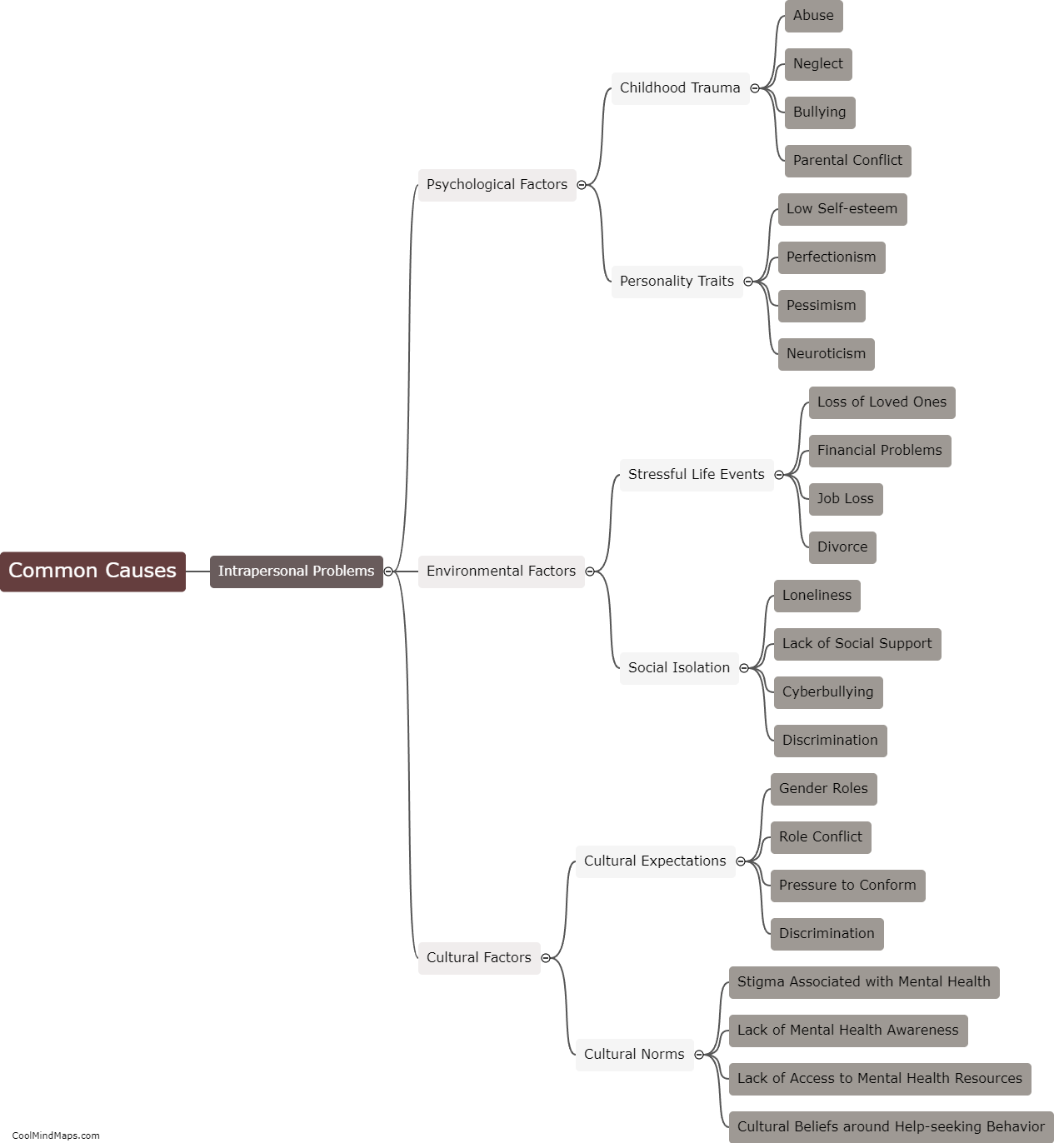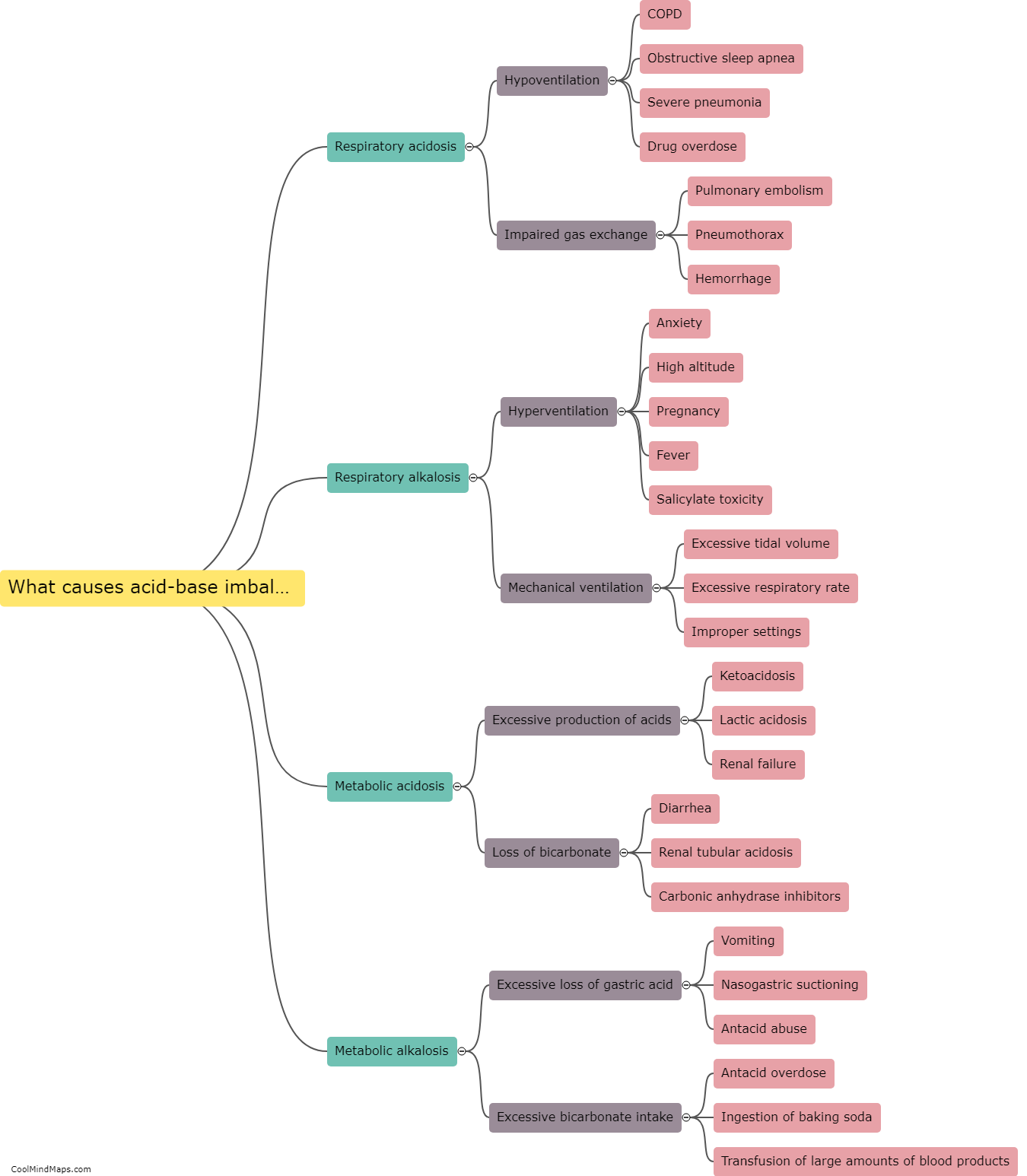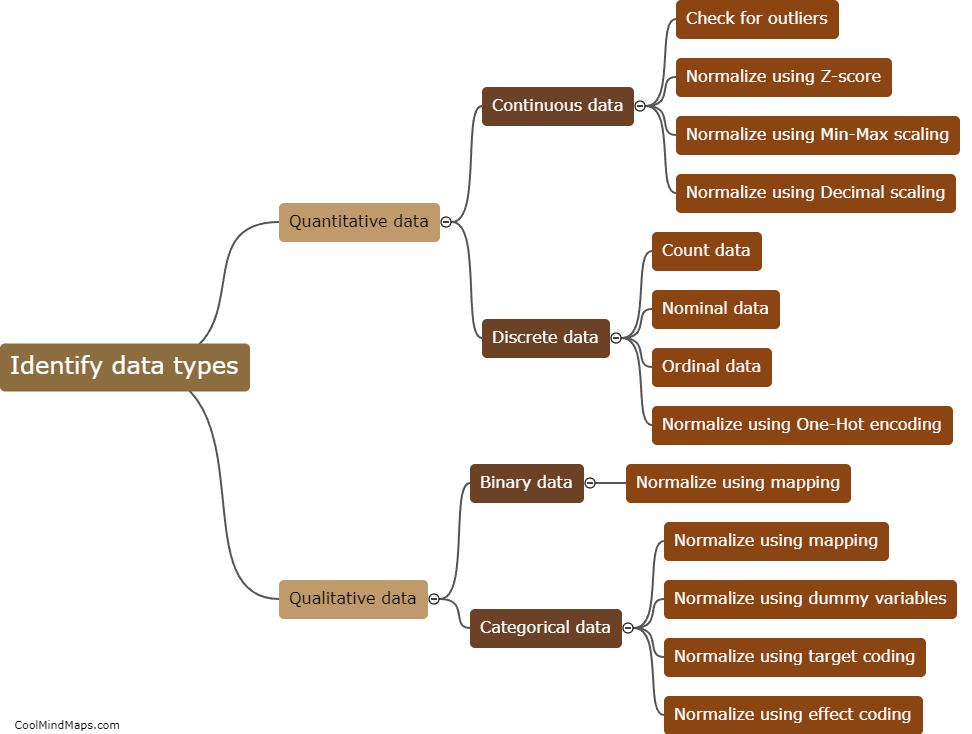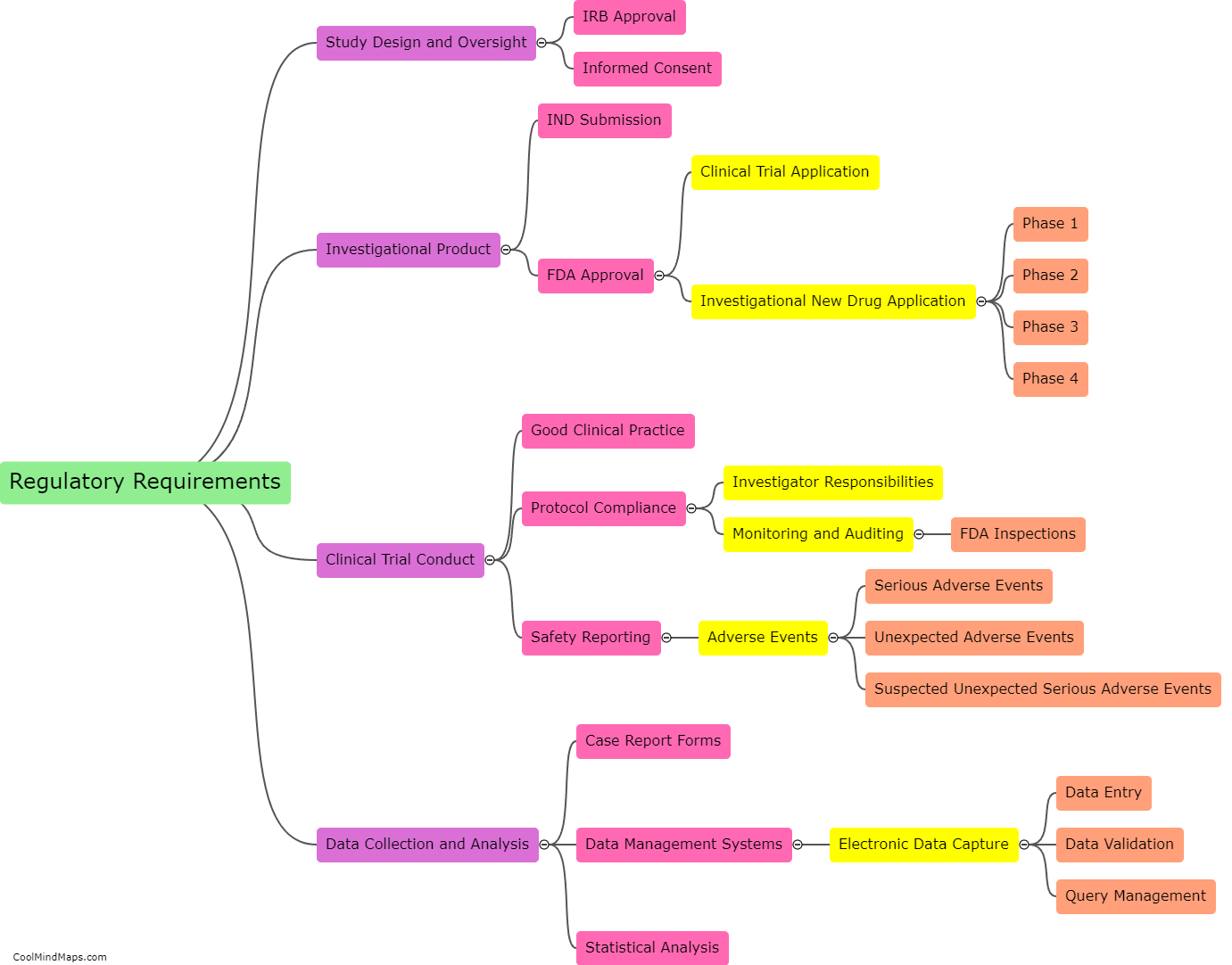What are the roles and responsibilities of different stakeholders in transition services?
The successful transition of individuals with disabilities from school to adulthood requires the involvement of various stakeholders, each with unique roles and responsibilities. The key stakeholders involved in transition services include the student with a disability, their family, educators, service providers, and community members. The student with a disability plays an active role in their own transition, advocating for their needs and goals. Families provide invaluable support, guidance, and advocacy to ensure that their child receives appropriate services and opportunities. Educators are responsible for creating individualized transition plans, providing relevant instruction, and facilitating the development of essential skills. Service providers offer specialized services and supports, such as vocational training or counseling, to enhance the individual's abilities and facilitate a successful transition. Lastly, community members, including employers and mentors, play a crucial role by providing opportunities, job placements, and valuable guidance to individuals with disabilities as they navigate the transition process. Overall, the collaboration and coordination of these stakeholders are essential to ensure a smooth and effective transition for individuals with disabilities.
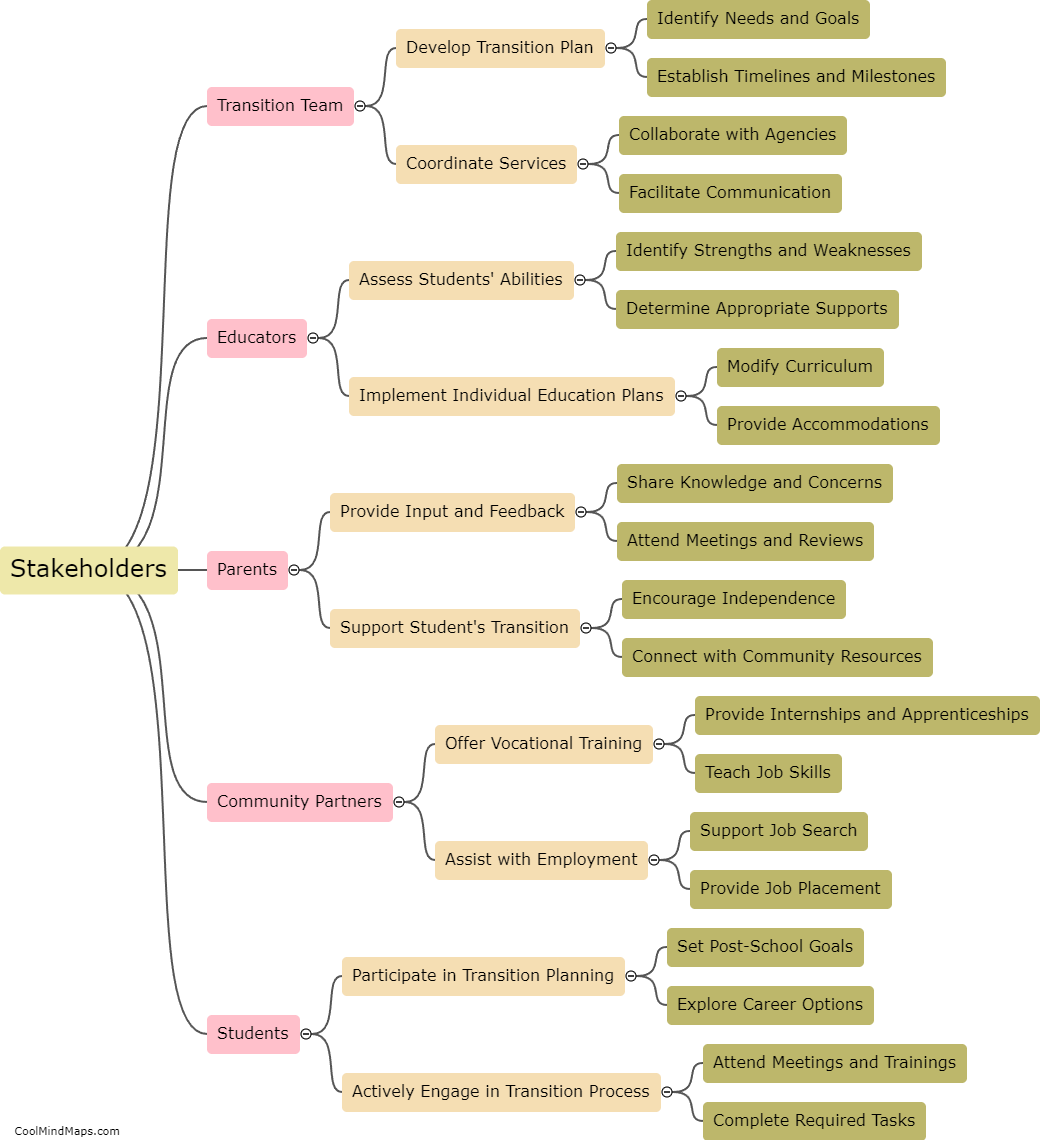
This mind map was published on 20 July 2023 and has been viewed 206 times.
